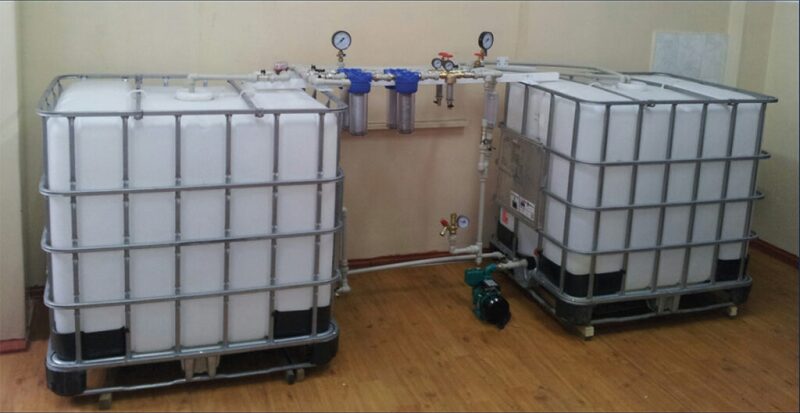This paper describes a smart-tracer-portfolio testing and design solution for multistage hydraulic fracturing which will, write the authors, enable operators to reduce operating cost significantly and optimize production in shale wells. The technology combines recently developed smart tracers with advanced subatomic measurements in an automated process with stringent quality control that assures precise tracer addition onsite and provides accurate and actionable completion diagnostics results at a fraction of the cost of production-logging testing, distributed temperature testing, or distributed acoustic sensing.
Introduction
Multistage hydraulic fracturing operations costs—including high-pressure pumping, proppant, and fluid—ranged from $2.9 million to $5.6 million per well in a typical US shale well in 2018, representing close to 60% of the total drilling and completion cost for each well. Yet industry studies reported that up to 50% of the clusters and stages and up to 40% of the fracture networks do not produce in the current geometric factory-mode-completion approach, leading to estimates that up to 40% of the drilled and completed shale wells in North America alone could be uneconomical.
Additionally, interactions between fractures in adjacent horizontal wells, and the costly negative effects of these interactions, have become the focus of much discussion and debate within the technical community. The impetus for this attention has been the effect of these interactions on productivity and the mechanical integrity of the parent wells.
These issues drive the need for oil and gas operators to have more-accurate, affordable, and timely data on the performance of individual fracturing stages, measured intrawell communication, and temporary and long-term frac/frac connections to enable improved decision-making and optimization of multistage hydraulic fracturing operations as well as overall field development.
The complete paper describes smart tracer technology, including a patented portfolio and fracturing-/completion-optimization work flow; laboratory testing and performance analysis; and integration with completion diagnostics.
Smart Tracer Technology
To control the effectiveness of multistage hydraulic fracturing stimulation treatments, it is essential to use special tracing methods based on the addition of the labeled substance to the proppant, water, or gas, and monitor the release of tracers with flowback water and produced oil and gas from the current well or nearby observation wells.


